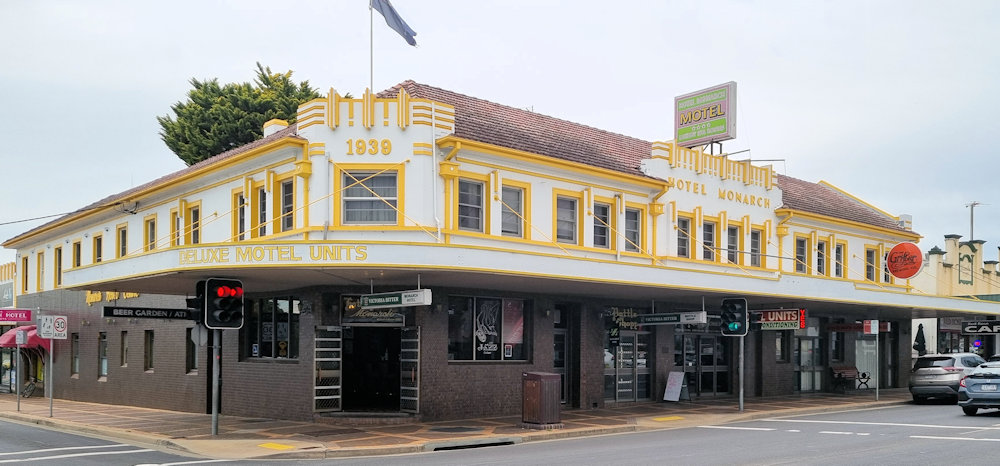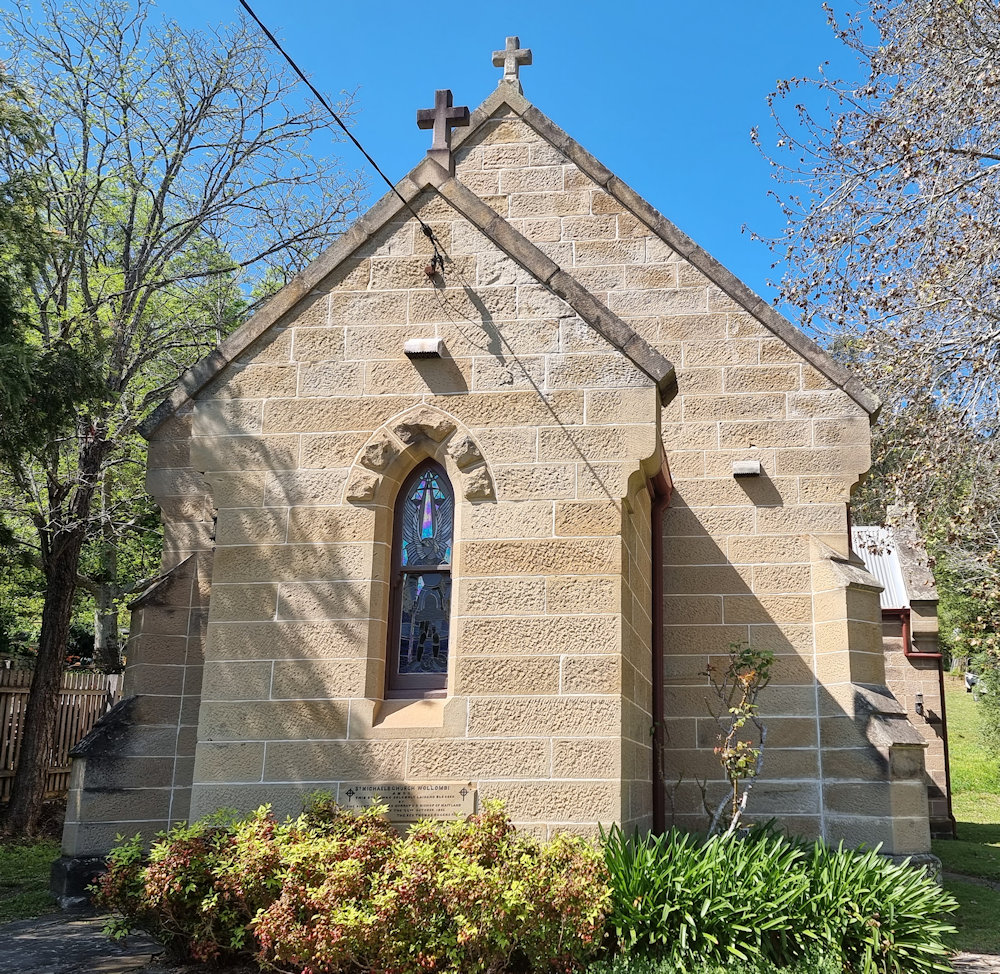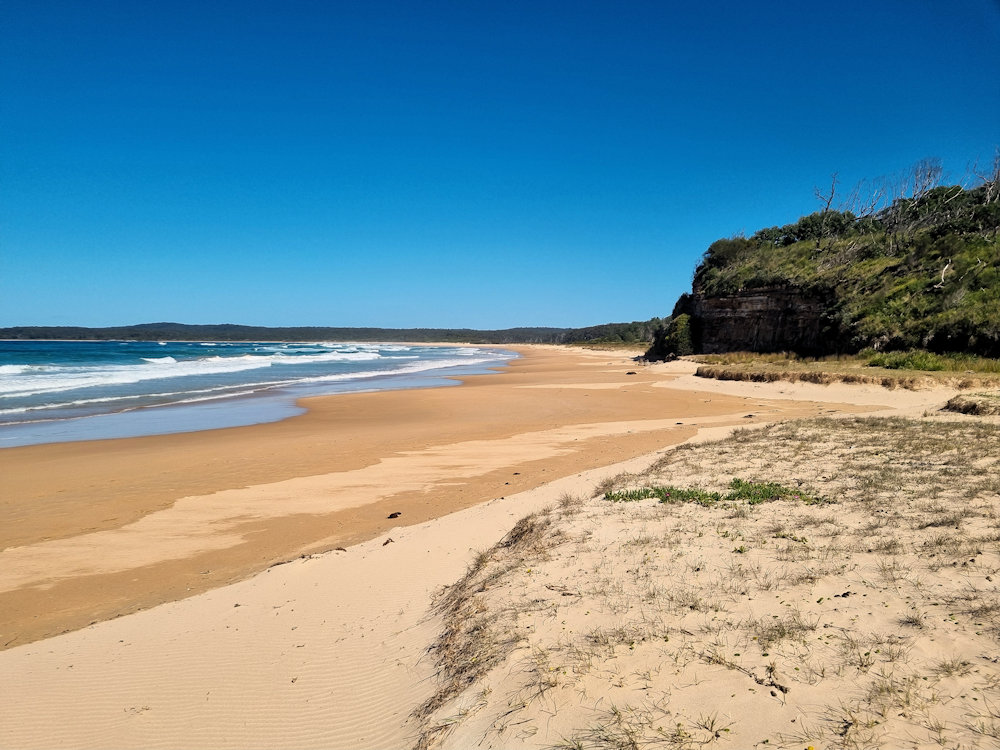Tag: Australia
-
Moruya New South Wales Australia

Moruya New South Wales Australia Stopping in Moruya on the New South Wales south coast, we found some sculptures lining the main street. So, while stretching our legs and finding something to eat we decided to see how many we could find. Moruya was the location where the granite used to build the Sydney Harbour… Read more
-
Saint Michael the Archangel’s Church Wollombi

Saint Michael the Archangel’s Church Wollombi New South Wales, Australia Built of local sandstone, construction of Saint Michael the Archangel’s Wollombi began in 1840, with the first service held in 1843. Originally sited close to Wollombi Brooke, it was relocated to its current position in Wollombi after being damaged in a flood in 1893. In… Read more
-
North Durras Beach

North Durras Beach Located a 25-minute drive north of Batemans Bay, North Durras Beach is a popular spot for surfers. Apart from two surfers, it was deserted when we visited. We parked on North Durras Road, where Google Maps says there is a car park. It’s really just a gravel patch on the side of… Read more